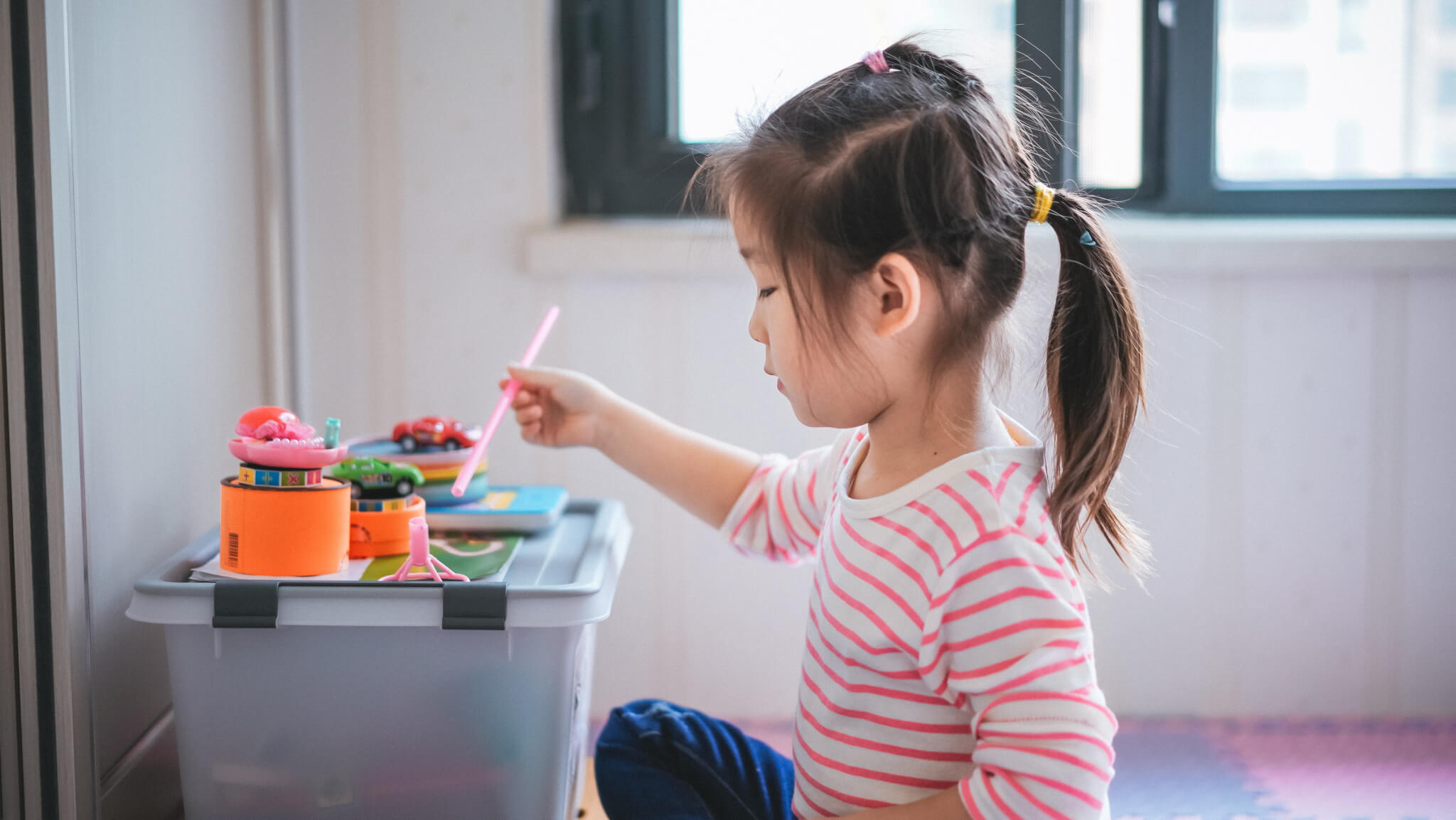
I get it. You want to give your child the very best education, but you’re overwhelmed. There are so many moving parts: phonics, math, science, history, and on and on. It’s hard to keep all the different methods in order. How are you going to do it all?
You don’t have to. At least, not all at once.
If you’re starting your child out in Kindergarten, you need just three things.
1. Phonics. Whether you go with a simple, single-volume manual like The Ordinary Parent’s Guide to Teaching Reading, Teach Your Child to Read in 100 Easy Lessons, or Phonics Pathways, or with a robust, comprehensive English Language Arts curriculum like Logic of English Foundations or All About Reading, you want to provide your child with phonics-based reading instruction. Most modern phonics programs will include some type of handwriting instruction as well. If yours doesn’t, consider the Rhythm of Handwriting program from Logic of English, Handwriting without Tears, Getty-Dubay Italic, or Cursive First.
2. Math. Look for a program that uses manipulatives (and most do these days) since young children are concrete thinkers. Math with Confidence, Saxon Math, RightStart, and Math Mammoth, and are all good options.
3. Picture Books. Lots and lots and lots of picture books, including fiction, nonfiction and poetry. Read aloud to your child as much as possible from books on a wide range of subjects, including science, history, and geography as well as art, music, crafts, sports, and anything else your child enjoys. If they find an area of special interest, borrow as many library books about that subject as possible.
Everything else is gravy.
Sure, you can buy a complete Kindergarten curriculum-in-a-box. Having everything laid out for you can be reassuring, but it can also be overwhelming, not to mention expensive. Many veteran homeschoolers have found that it’s ultimately better to ease into the homeschooling lifestyle slowly. Once phonics, math, and read-alouds are in place, you may want to take nature walks, listen to music together while tidying up, do a picture study, or read poetry before nap time. Take field trips science, history, and art museums. Learn about local plants and wildlife at state parks or nature preserves—or even your own backyard. You may even want to add a formal science or history curriculum.
But for a Kindergartner, you don’t have to. Focus on the basics, nurture your relationship with your child, and take your time.
It really is that simple.
Copyright 2021 by Drew Campbell, PhD. All rights reserved.
Drew Campbell is the author of Living Memory, I Speak Latin, and Exploring the World through Story, and co-author, with Courtney Ostaff and Jennifer Naughton, of How to Homeschool the Kids You Have. She is a veteran homeschooler and has worked as a classroom teacher, private school administrator, and independent tutor.

Pingback: How to Simplify Your Curriculum – Stone Soup Press